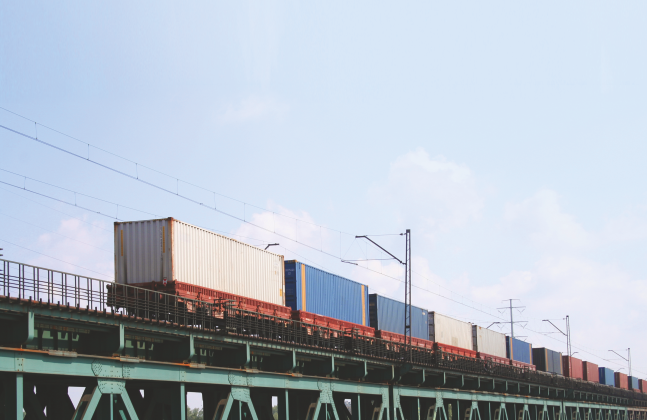While the exim community puts the blame on Indian Railways and CONCOR for shortage of rakes, but the real culprit is congested and over utilised routes that slows down movement of cargo
The shortage of rakes is a major concern for industry players across the country. Irrespective of the sector, importers and exporters who largely depend on ports have always been worried about short supply of rakes to transport cargo to and from the ports. The industry players criticize Indian Railways for the road block and CONCOR for shortage of container rakes.
However, if you go by the available facts and reasons for so called shortage, the answer is something else. The real culprit here is severe railway route congestion and not the shortage of rakes.
For example, South Eastern Railway, East Coast Railway and Eastern Railway are among the highest and most congested railway divisions in the country in terms of freight movement. Most of the routes are being over utilized. Bhadrak to Palasa main trunk route is the best example of it. This railway section has been divided into three sub-sections and each of the section is running trains at 104 per cent to 140 per cent utilization rate.
On Bhadrak to Jajpur route the utilization rate is 130 per cent, Haridaspur to Nergundi is 126 per cent, Nergundi to Cuttack – 119 per cent, Nabarangpur to Bhubaneswar at 104 per cent, Khurda Road to Nabarangpur is 140 per cent and Nabarangpur to Palasa is 139 per cent.
As per Indian Railways standards, if any route is utilized for more than 80 per cent, it is called as congested. But, here in these routes, the utilization rate is so high and therefore the speed of the freight train is too slow. The average speed of freight trains in India is estimated at 25 KMPH. But, the freight trains are moving very slow than the average benchmark speed.
Another example for the route congestion is the Kolkata to Vedanta plant. The route distance is about 550 kms, but the train takes about 8 days to reach the destination making the route one of the slowest routes in the country with an average speed of just 3 kms per hour.
Upset industry is not only criticizing Indian Railways but, also demanding it to allow them to purchase rakes for captive consumption by relaxing the norms. The companies are ready to procure the necessary rolling stocks. Considering the demand from the industry, Indian Railways has of late relaxed the norms to allow the private players to purchase rakes to meet their requirement. Companies like TATA Steel is in the forefront and already in the process of purchasing 10 rakes for its usage. Several other companies are also actively pursuing the matter.
However, Railways experts with whom Maritime Gateway has spoken suggested not to invest in rakes and wagons instead they said the Railways should focus on expanding network drastically to decongest the routes.
According to them, we need to focus on commissioning the doubling, tripling line projects and electrification of lines across the sections. We can have more number of longer loop lines to facilitate double stack and python rakes while having more bypass routes.
Unless we provide better connectivity to ports, decongest the railway lines, no matter how many rakes you bring into the system, Indian Railways cannot run them on the tracks, a senior official of Indian Railways told Maritime Gateway.
Meanwhile, the Indian Railways has already started experimenting double stack and python rakes (Three rakes put together) in some sections of the country including Sambalpur in Odisha.
Indian Railways is in the process of easing congestion by improving network across the country. Doubling, tripling of lines and electrifying lines are being actively in progress. While Western side of the Railways has been successfully meeting the demands of industry by implementing innovative way of double stack container rakes in which it is also offering discounts to traders, the Eastern part of Railways is in the process of implementation.
To complete various projects, Indian Railways has borrowed about Rs 8,00,000 crore loans from Life Insurance Corporation of India and majority of the projects are about to complete in 2021. Some of them are being delayed due to issues pertaining to environmental clearance and land acquisition. But, in the next 2-3 years, most of the lines will be de-congested.








